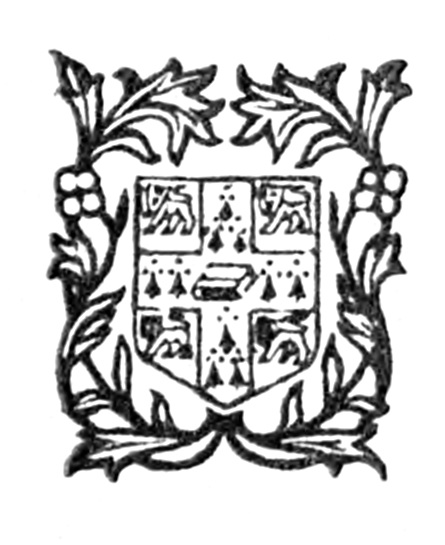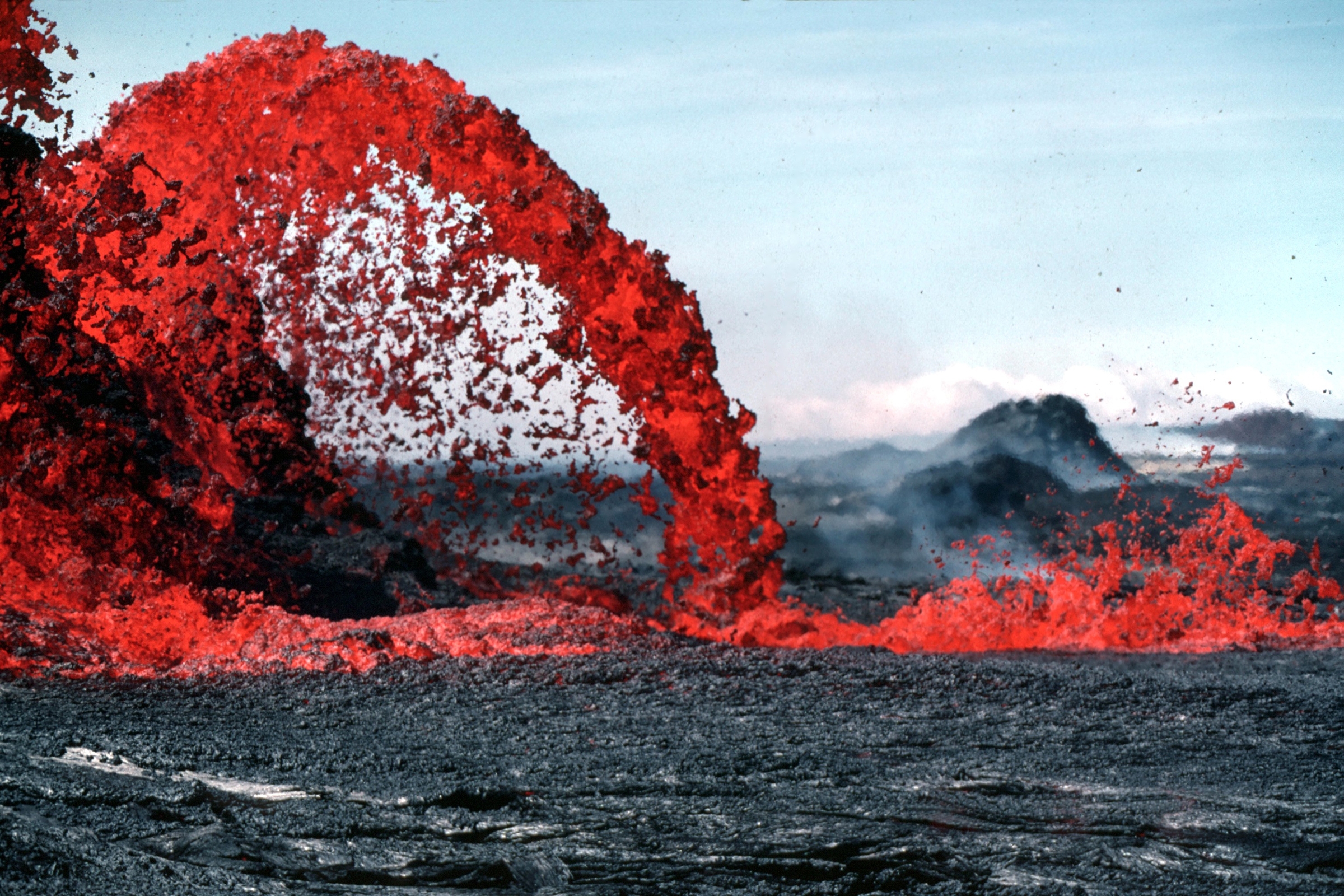|
Torricelli (crater)
Torricelli is a lunar impact crater in the eastern part of the Sinus Asperitatis, to the south of the Mare Tranquillitatis. It was named after Italian physicist Evangelista Torricelli. The western rim of the crater is broken open and joined to a smaller crater to the west. The entire formation has a pear-shaped appearance. Torricelli lies in the northeastern part of a circular formation of rises in the lunar mare, possibly the remains of a crater formation buried by lava. Satellite craters By convention these features are identified on lunar maps by placing the letter on the side of the crater midpoint that is closest to Torricelli. References * * * * * * * * * * * External links * {{cite web , last = Wood , first = Chuck , date = July 29, 2006 , url = http://www.lpod.org/?m=20060729 , title = A Mouth Lover's View of the Moon, depicts pictures drawn in 1872 , publisher = Lunar Photo of the Day , url-status = dead , archive-url = https://web.archive.org/w ... [...More Info...] [...Related Items...] OR: [Wikipedia] [Google] [Baidu] |
Lunar Orbiter 4
Lunar Orbiter 4 was a robotic U.S. spacecraft, part of the Lunar Orbiter Program, designed to orbit the Moon, after the three previous orbiters had completed the required needs for Apollo mapping and site selection. It was given a more general objective, to "perform a broad systematic photographic survey of lunar surface features in order to increase the scientific knowledge of their nature, origin, and processes, and to serve as a basis for selecting sites for more detailed scientific study by subsequent orbital and landing missions". It was also equipped to collect selenodetic, radiation intensity, and micrometeoroid impact data. Mission Summary The spacecraft was placed in a cislunar trajectory and injected into an elliptical near polar high lunar orbit In celestial mechanics, an orbit is the curved trajectory of an object such as the trajectory of a planet around a star, or of a natural satellite around a planet, or of an artificial satellite around an object or ... [...More Info...] [...Related Items...] OR: [Wikipedia] [Google] [Baidu] |
NASA
The National Aeronautics and Space Administration (NASA ) is an independent agency of the US federal government responsible for the civil space program, aeronautics research, and space research. NASA was established in 1958, succeeding the National Advisory Committee for Aeronautics (NACA), to give the U.S. space development effort a distinctly civilian orientation, emphasizing peaceful applications in space science. NASA has since led most American space exploration, including Project Mercury, Project Gemini, the 1968-1972 Apollo Moon landing missions, the Skylab space station, and the Space Shuttle. NASA supports the International Space Station and oversees the development of the Orion spacecraft and the Space Launch System for the crewed lunar Artemis program, Commercial Crew spacecraft, and the planned Lunar Gateway space station. The agency is also responsible for the Launch Services Program, which provides oversight of launch operations and countdown m ... [...More Info...] [...Related Items...] OR: [Wikipedia] [Google] [Baidu] |
Godin (crater)
Godin is a lunar impact crater located just to the south of the crater Agrippa, on a rough upland region to the east of Sinus Medii. Its diameter is 34 km. The crater was named after 18th century French astronomer Louis Godin. The ruined crater Tempel lies to the northeast, on the east side of Agrippa. Due south is the flooded remains of Lade. The rim of Godin is wider in the southern half than in the north, giving it a slightly pear-shaped outline. The interior is rough-surfaced, with a higher albedo than the surroundings. At the midpoint a central peak rises from the floor. A faint ray system surrounds the crater, and extends for about 375 kilometers. Due to its rays, Godin is mapped as part of the Copernican System.The geologic history of the Moon, 1987, Wilhelms, Don E.; with sections by McCauley, John F.; Trask, Newell J. USGS Professional Paper: 1348. Plate 11: Copernican Systemonline Satellite craters By convention these features are identified on lunar ... [...More Info...] [...Related Items...] OR: [Wikipedia] [Google] [Baidu] |
Agrippa (crater)
Agrippa is a lunar impact crater that is located at the southeast edge of the Mare Vaporum. It is located to the north of the crater Godin, the irregular Tempel lies just to the east. To the north and northeast, the rille designated Rima Ariadaeus follows a course to the east-southeast, reaching the western edge of Mare Tranquillitatis. It is named after the 1st century Greek astronomer Agrippa.''Autostar Suite Astronomer Edition''. CD-ROM. Meade, April 2006. Its diameter is . The rim of Agrippa has an unusual shape, resembling the form of a shield with a rounded southern rim and a more angular northern half. The interior is somewhat irregular, with a central rise at the midpoint. The crater is from the Eratosthenian The Eratosthenian period in the lunar geologic timescale runs from 3,200 million years ago to 1,100 million years ago. It is named after the crater Eratosthenes, which displays characteristics typical of craters of this age, including a surface ... period, which ... [...More Info...] [...Related Items...] OR: [Wikipedia] [Google] [Baidu] |
Kalmbach Books
Kalmbach Media (formerly Kalmbach Publishing Co.) is an American publisher of books and magazines, many of them railroad-related, located in Waukesha, Wisconsin. History The company's first publication was ''The Model Railroader'', which began publication in the summer of 1933 with a cover date of January 1934. A press release announcing the magazine appeared in August 1933, but did not receive much interest. In 1940, business was good enough for Kalmbach to launch another magazine about railroads in general with the simple title of '' Trains Magazine''. From its first issue dated November 1940, it grew quickly from an initial circulation of just over 5,000. Kalmbach became exclusively a publisher when it discontinued its printing operations in 1973, opting to contract production from other printers. In 1985, Kalmbach purchased AstroMedia Corporation, adding its four magazines: ''Astronomy'', ''Deep Sky'', the children's science magazine ''Odyssey'' and ''Telescope Making' ... [...More Info...] [...Related Items...] OR: [Wikipedia] [Google] [Baidu] |
Sterling Publishing Co
Sterling Publishing Company, Inc. is a publisher of a broad range of subject areas, with multiple imprints and more than 5,000 titles in print. Founded in 1949 by David A. Boehm, Sterling also publishes books for a number of brands, including AARP, Hasbro, Hearst Magazines, and ''USA TODAY'', as well as serves as the North American distributor for domestic and international publishers including: Anova, the Brooklyn Botanic Garden, Carlton Books, Duncan Baird, Guild of Master Craftsmen, the Orion Publishing Group, and Sixth & Spring Books. Sterling also owns and operates two verticals, Lark Crafts and Pixiq. Sterling Publishing is a wholly owned subsidiary of Barnes & Noble, which acquired it in 2003. On January 5, 2012, ''The Wall Street Journal ''The Wall Street Journal'' is an American business-focused, international daily newspaper based in New York City, with international editions also available in Chinese and Japanese. The ''Journal'', along with its Asian editi ... [...More Info...] [...Related Items...] OR: [Wikipedia] [Google] [Baidu] |
Jonathan's Space Report
''Jonathan's Space Report'' (JSR) is a newsletter about the Space Age, hosted at Jonathan's Space Page. It is written by Jonathan McDowell, a Center for Astrophysics Harvard & Smithsonian astrophysicist. It is updated as McDowell's schedule permits, but he tries to publish two issues each month. Originally the website was hosted on a Harvard University account, but was moved in late 2003 to a dedicated domain. Started in 1989, the newsletter reports on recent space launches, International Space Station activities and space craft developments. McDowell's report occasionally corrects NASA's official web sites, or provides additional data on classified launches that aren't available elsewhere. Associated projects on the JSR web site are: * A catalog of all known geosynchronous satellites and their current positions * A listing of satellite launch attempts * A cross-reference between catalog number and international designation of artificial satellites McDowell has long campaig ... [...More Info...] [...Related Items...] OR: [Wikipedia] [Google] [Baidu] |
Cambridge University Press
Cambridge University Press is the university press of the University of Cambridge. Granted letters patent by Henry VIII of England, King Henry VIII in 1534, it is the oldest university press in the world. It is also the King's Printer. Cambridge University Press is a department of the University of Cambridge and is both an academic and educational publisher. It became part of Cambridge University Press & Assessment, following a merger with Cambridge Assessment in 2021. With a global sales presence, publishing hubs, and offices in more than 40 Country, countries, it publishes over 50,000 titles by authors from over 100 countries. Its publishing includes more than 380 academic journals, monographs, reference works, school and university textbooks, and English language teaching and learning publications. It also publishes Bibles, runs a bookshop in Cambridge, sells through Amazon, and has a conference venues business in Cambridge at the Pitt Building and the Sir Geoffrey Cass Spo ... [...More Info...] [...Related Items...] OR: [Wikipedia] [Google] [Baidu] |
Lava
Lava is molten or partially molten rock ( magma) that has been expelled from the interior of a terrestrial planet (such as Earth) or a moon onto its surface. Lava may be erupted at a volcano or through a fracture in the crust, on land or underwater, usually at temperatures from . The volcanic rock resulting from subsequent cooling is also often called ''lava''. A lava flow is an outpouring of lava during an effusive eruption. (An explosive eruption, by contrast, produces a mixture of volcanic ash and other fragments called tephra, not lava flows.) The viscosity of most lava is about that of ketchup, roughly 10,000 to 100,000 times that of water. Even so, lava can flow great distances before cooling causes it to solidify, because lava exposed to air quickly develops a solid crust that insulates the remaining liquid lava, helping to keep it hot and inviscid enough to continue flowing. The word ''lava'' comes from Italian and is probably derived from the Latin word ''l ... [...More Info...] [...Related Items...] OR: [Wikipedia] [Google] [Baidu] |
Evangelista Torricelli
Evangelista Torricelli ( , also , ; 15 October 160825 October 1647) was an Italian physicist and mathematician, and a student of Galileo. He is best known for his invention of the barometer, but is also known for his advances in optics and work on the method of indivisibles. The Torr is also named after him. Biography Early life Torricelli was born on 15 October 1608 in Rome, the firstborn child of Gaspare Torricelli and Caterina Angetti. His family was from Faenza in the Province of Ravenna, then part of the Papal States. His father was a textile worker and the family was very poor. Seeing his talents, his parents sent him to be educated in Faenza, under the care of his uncle, Giacomo (James), a Camaldolese monk, who first ensured that his nephew was given a sound basic education. He then entered young Torricelli into a Jesuit College in 1624, possibly the one in Faenza itself, to study mathematics and philosophy until 1626, by which time his father, Gaspare, had died. Th ... [...More Info...] [...Related Items...] OR: [Wikipedia] [Google] [Baidu] |
Lunar Mare
The lunar maria (; singular: mare ) are large, dark, basaltic plains on Earth's Moon, formed by ancient asteroid impacts on the far side on the Moon that triggered volcanic activity on the opposite (near) side. They were dubbed , Latin for 'seas', by early astronomers who mistook them for actual seas. They are less reflective than the "highlands" as a result of their iron-rich composition, and hence appear dark to the naked eye. The maria cover about 16% of the lunar surface, mostly on the side visible from Earth. The few maria on the far side are much smaller, residing mostly in very large craters. The traditional nomenclature for the Moon also includes one (ocean), as well as features with the names ('lake'), ('marsh'), and ('bay'). The last three are smaller than maria, but have the same nature and characteristics. The names of maria refer to sea features ( Mare Humorum, Mare Imbrium, Mare Insularum, Mare Nubium, Mare Spumans, Mare Undarum, Mare Vaporum, Oceanus Proce ... [...More Info...] [...Related Items...] OR: [Wikipedia] [Google] [Baidu] |
Mare Tranquillitatis
Mare Tranquillitatis ( Latin ''tranquillitātis'', the Sea of Tranquillity or Sea of Tranquility; see spelling differences) is a lunar mare that sits within the Tranquillitatis basin on the Moon. It is the first location on another world to be visited by humans. The mare material within the basin consists of basalt formed in the intermediate to young age group of the Upper Imbrian epoch. The surrounding mountains are thought to be of the Lower Imbrian epoch, but the actual basin is probably Pre-Nectarian. The basin has irregular margins and lacks a defined multiple-ringed structure. The irregular topography in and near this basin results from the intersection of the Tranquillitatis, Nectaris, Crisium, Fecunditatis, and Serenitatis basins with two throughgoing rings of the Procellarum basin. Palus Somni, on the northeastern rim of the mare, is filled with the basalt that spilled over from Tranquillitatis. This mare has a slight bluish tint relative to the rest of the ... [...More Info...] [...Related Items...] OR: [Wikipedia] [Google] [Baidu] |





